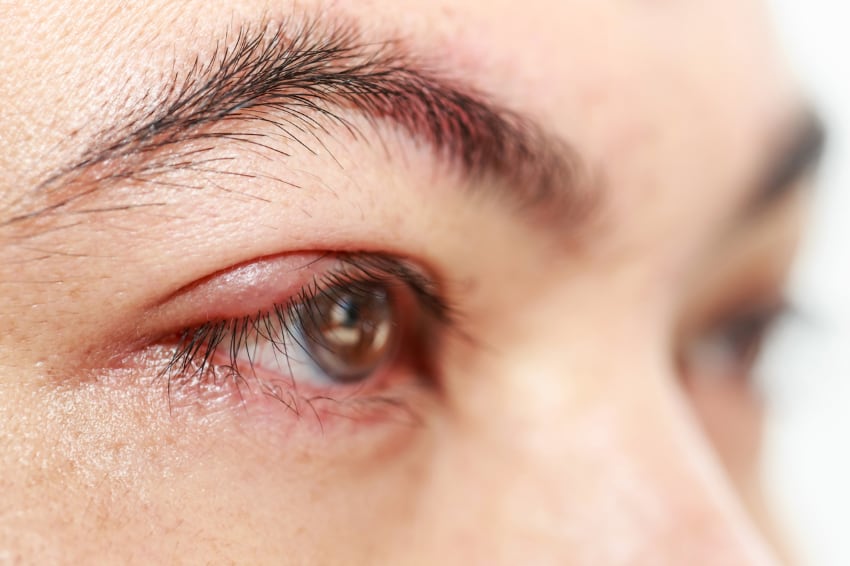What is a Blepharitis?
Blepharitis is a common eye condition that results in chronic inflammation at the margin of the eyelids. Symptoms of blepharitis include sore, swollen, and itchy eyelids and burning with gritty sensation in the eyes. You may also have flakes or dandruff-like crusts around the roots of the eyelashes.
Blepharitis can occur at any age, although most frequently it occurs over the age of 50. Blepharitis can arise if you develop sensitivity to the bacteria that is normally present around your eyelashes or if the number of bacteria increases in these areas. You can also get blepharitis if the oil glands in your eyelids get clogged or irritated. Skin conditions such as eczema and dermatitis can also predispose you to develop blepharitis.
Blepharitis can broadly be separated into two different types, which represent two different disease processes:
Anterior blepharitis relates to inflammation around the base of the eyelashes. This condition can be caused by chronic bacterial infection or skin conditions such as a seborrheic dermatitis.
Posterior blepharitis is a term used to describe the blocking and plugging of meibomian glands which exist within the eyelid. These glands run vertically in the eyelids and are more numerous on the lower eyelid. Posterior blepharitis can cause chronic irritation, redness, and soreness around the eyes, and can also contribute towards dry eye symptoms. Posterior blepharitis is often associated with other skin conditions such as rosacea.
Treatment Options
For most patients’ simple measures will be enough to improve the symptoms of blepharitis.
For anterior blepharitis, we would normally suggest simple lid cleaning measures. Lid hygiene can involve using eyelid wipes specific for blepharitis or cotton wool buds soaked in a solution of warm sterilised water mixed with non-irritating baby shampoo. Cleaning the eyelash base and removing the crust will reduce the bacterial load and help relieve your symptoms. You may also need a lubricant at the same time to manage any dry eyes.
For posterior blepharitis, where the oily meibomian glands are blocked, we suggest hot compress massage. This will involve using a cotton wool ball dipped in warm (but not hot) water and massaging against closed eyelids to help thin and release the oils that reside within the meibomian glands. Alternatively, a hot flannel or special eye masks could be used to achieve the same effect. We often suggest use of topical lubricants alongside this to manage dry eyes. If your blepharitis is severe, then we may additionally suggest that you are prescribed topical +/- course of oral antibiotics, but this would be discussed at your consultation. Diet rich in omega-3 fatty acids may also be beneficial in manging your symptoms.
Help
If you would like more information about Blepharitis, and your treatment options, do get in touch here.
